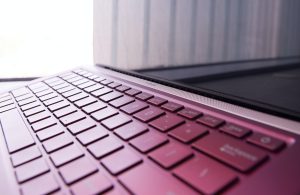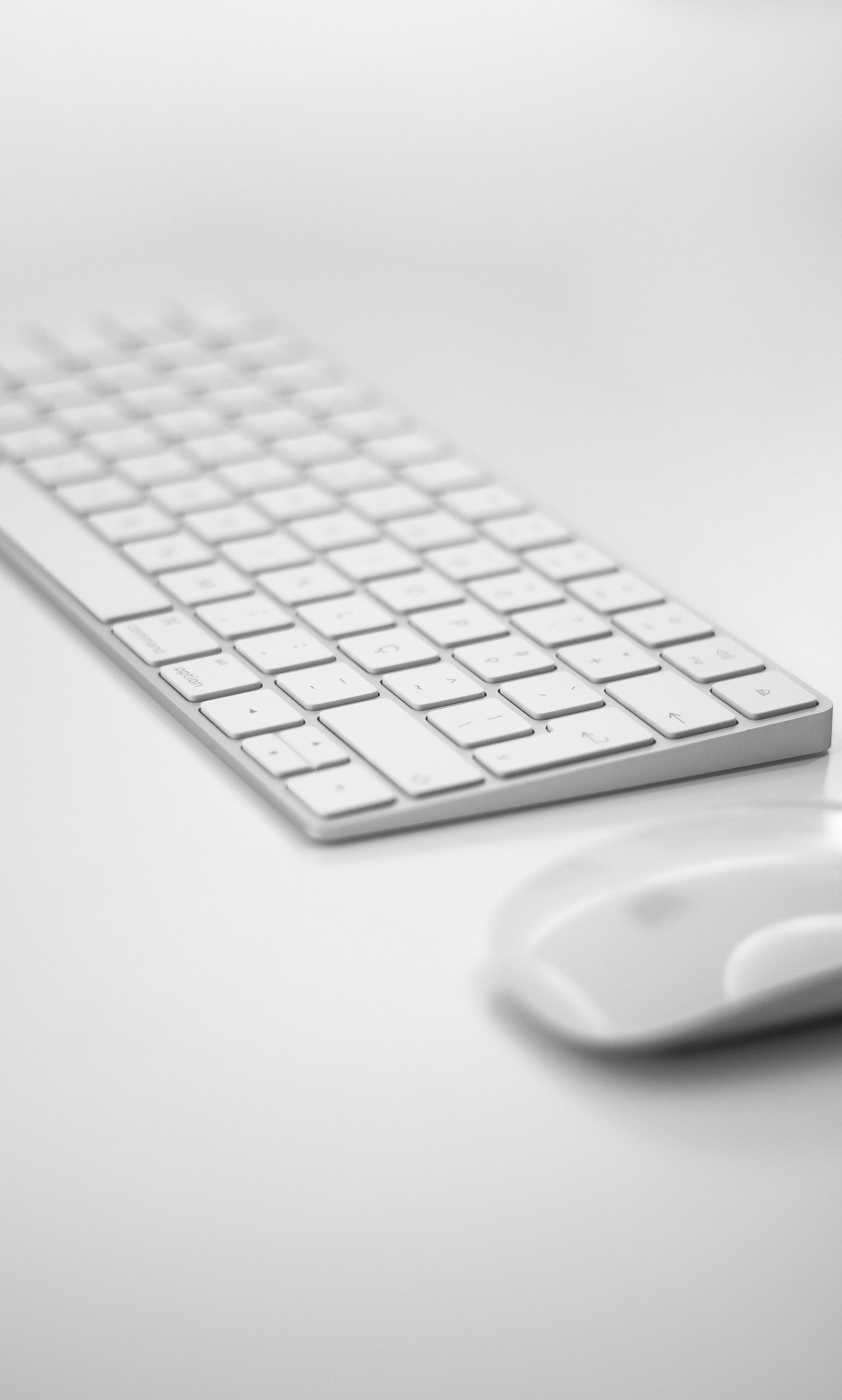Preface: Essential Keyboard Shortcuts
As a devoted tech evangelist, I am always surprised when I see people using Windows without making the utmost of essential keyboard lanes. exercising keyboard lanes can significantly ameliorate your productivity by allowing you to snappily perform tasks without counting on your mouse. In this comprehensive companion, I will introduce you to the ten most common keyboard lanes in Windows that you need to know. Whether you are a seasoned Windows stoner or a freshman to the platform, learning these lanes will really enhance your overall computing experience. justifications to Mac druggies, I promise to produce a interpretation for you soon!
Before We Start
Let’s snappily cover how to execute these lanes. For illustration, undo is written as Ctrl Z, which means you need to hold down the Ctrl key and also press Z contemporaneously. utmost keyboards have the Ctrl key located in the bottom left corner, though it might be labeled as” Control.” For all the exemplifications below, flash back to hold down the first key mentioned and also press the alternate bone . I will also give images showing where these keys are generally set up on your keyboard.

Cut, Copy, and Paste with Ease
Three of the most well- known lanes — Cut( Ctrl X), Copy( Ctrl C), and Paste( Ctrl V) — are located accessibly coming to each other on your keyboard. These lanes allow you to snappily move or duplicate textbook or lines within Windows operations. Say farewell to inordinate right- clicking or navigating through menus.
Undo and Redo Correcting miscalculations Made Easy
Made a typo or accidentally deleted commodity important? Pressing Ctrl Z will undo your last action, while Ctrl Y will redo it if demanded. These two handy lanes save time by allowing you to correct miscalculations without searching for buttons or menu options.
Switch between Open Applications painlessly
Alt Tab is a important roadway that lets you move between open operations with ease. Jump from one program to another without taking your hands off the keyboard, making multitasking a breath. Flash back, the Alt key is generally to the left wing of the space bar, distinct from Alt Gr on the right side. The Tab key is generally above the Caps Lock crucial on the left side of the keyboard.
incontinently Access train Discoverer with Windows E
The Windows train Discoverer allows you to pierce your lines and flyers efficiently. rather of clicking on the icon or searching for it manually, pressing Windows E opens the train Explorer incontinently. A simple mnemonic” E for Explorer.” The Windows key is generally coming to the Ctrl key and generally has the Windows icon on it.
Show Desktop snappily with Windows D
When working with multiple windows, you might need quick access to your desktop. Pressing Windows D minimizes all open windows, revealing your desktop. Pressing the combination again restores the former window arrangement. A simple mnemonic” D for Desktop.”
Find and Replace with Ctrl F and Ctrl H
Searching for specific textbook within a document or web runner is an everyday task. Pressing Ctrl F opens the Find function, letting you type in the asked keyword( s). To replace a particular word or expression in a document, use Ctrl H rather. Flash back this bone as” F for Find.”
Save incontinently with Ctrl S
Regularly saving your work is pivotal to help accidental data loss. rather of navigating through menus or searching for the save icon, simply press Ctrl S to save incontinently. A simple mnemonic” S for Save.”
Brand lines and flyers with F2 Roadway
Renaming lines and flyers frequently requires right- clicking and opting the Rename option from the environment menu. Speed up this process by opting a train or brochure and pressing F2 to edit its name directly. The F- keys are generally located across the top row of the keyboard above the figures.
Close operations Efficiently with Alt F4
ending operations generally involves clicking on the red X button at the top right corner of a window. Alternately, use Alt F4 as a briskly system for closing active programs or indeed shutting down Windows if no operation is presently active.
Access the Emoji Panel with Win.
Eventually, a lower- known keyboard roadway in Windows is Win.( the full stop or period key) which brings up the emoji panel. Emojis have come an integral part of online communication, and now you can incorporate them into your documents or dispatches without having to search for them manually.
Then is how to make the utmost of this roadway
To open the emoji panel, simply press Win. while codifying in any textbook field. The panel will appear right where your cursor is deposited.
Once the emoji panel is open, use your mouse to elect an emoji directly and click to fit it.
Windows has a erected- in hunt function within the emoji panel. Simply type keywords related to the asked emoji(e.g.,” smile,”” heart,”etc.) in the hunt bar at the top of the panel, and applicable emojis will be displayed incontinently.
Close the panel by pressing Esc or clicking anywhere outside it. Alternately, press Win. again to toggle its visibility.
Conclusion
learning these essential keyboard lanes will really streamline your Windows experience and make you more effective in performing day- to- day tasks. While this list covers some of the most common lanes, there are numerous further available grounded on specific operations and preferences. Spend some time learning them and watch how they transfigure your productivity!










